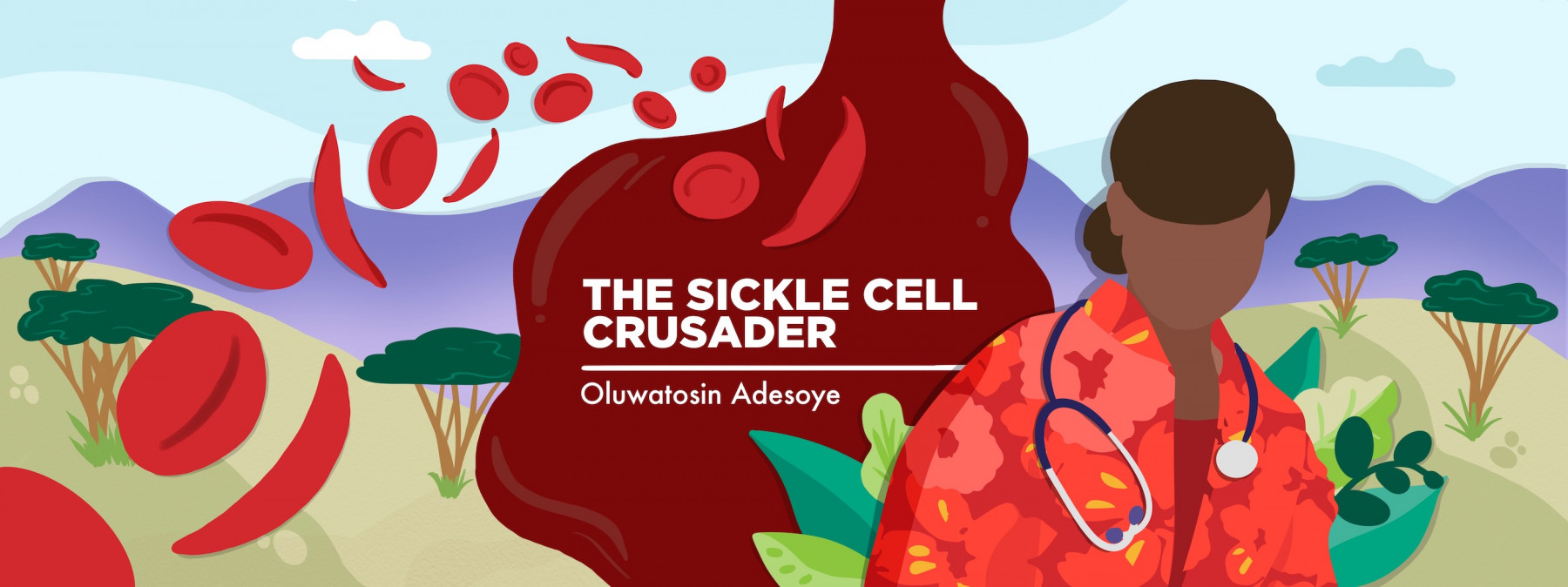Exploring the diversity of SCD symptoms and complications
Because sickle cell can affect any part of the body, many issues are possible
Written by |

Whenever I’m asked to list the symptoms of sickle cell disease (SCD), I am always confused about where to begin. The condition is fundamentally a blood disorder, and every organ needs a steady supply of blood to survive. As a result, SCD can affect virtually any part of the body, making it a multisystemic disorder that can cause a wide range of possible symptoms.
When I was a child, pain was my constant companion and most definitive symptom. It sometimes stemmed from my muscles, but more often it came from my bones. The pain was most common in my extremities, followed by my chest and abdomen, but could occur almost anywhere.
Other common sickle cell symptoms I experienced during childhood included jaundice (yellowness of eyes and skin), recurrent acute fatigue, pale eyes and skin, abdominal distension, thin extremities, and fever.
As I transitioned from my teens into my early 20s, new symptoms emerged. I experienced delayed puberty and occasional difficulty breathing due to severe exacerbation of anemia and acute chest syndrome. I also noticed a significant shift from episodes of acute pain to a more persistent, chronic pain.
In my mid-20s, I entered what felt like a “complication phase,” and with it came a whole new set of symptoms. Issues like difficulty walking, chronic pain, and chronic fatigue became more noticeable. I also started experiencing dyspnea on exertion, or intense shortness of breath whenever I’d do something as simple as walking a long distance, climbing stairs, or exercising. In addition, I dealt with knee ankylosis (stiffening of the knee joint), bone deformities, and disabilities.
But this is just my personal experience; many other symptoms are possible.
Other sickle cell symptoms
For instance, if you’re dealing with acute chest syndrome, you’ll likely experience chest pain, cough, fever, and difficulty breathing. Another complication, stroke, can cause limb weakness or paralysis, speech difficulty, blurry vision or vision loss, seizures, or even loss of consciousness. Sometimes silent strokes or other neurological issues can even lead to memory loss.
Avascular necrosis, or loss of blood supply to a bone, can result in difficulty walking, chronic bone or joint pain, limb shortening, and physical disability. And if you have osteomyelitis, or inflamed bone tissue, you might experience bone pain, fever, and swelling in the affected area.
Cardiovascular complications can manifest as difficulty breathing, cough, dyspnea on exertion, easy fatigability, leg swelling, abdominal swelling, and chest pain.
For those with kidney complications, symptoms might include a reduction in urine production (oliguria), blood in the urine (hematuria), abdominal swelling, leg swelling, facial swelling, and extreme fatigue.
Furthermore, issues like gallstones often present with abdominal pain, jaundice, fever, nausea, vomiting, and diarrhea. Ulcers commonly appear on the legs or feet.
SCD can also cause sensorineural hearing loss, which may lead to deafness, or retinopathy, which may present with blurry vision or blindness. In boys and men, a complication called priapism causes a painful, prolonged erection that occurs without sexual stimulation.
Dangerous SCD symptoms that require emergency care include difficulty breathing, limb weakness or paralysis, intractable vomiting or diarrhea, high fever that doesn’t respond to medication, neck stiffness, priapism, severe headache that doesn’t respond to treatment, and moderate or severe pain that doesn’t get better with oral analgesics. Whenever I experience any of these issues, I go to the hospital as soon as possible. This has helped to avert disastrous outcomes.
The importance of vigilance and medical care
Given the complexity and unpredictability of SCD, it’s essential to be vigilant about our health and seek medical attention promptly when symptoms arise. Regular checkups, monitoring, and timely interventions can help prevent complications and improve quality of life. As someone living with SCD, I’ve learned to be proactive about my health, working closely with my hematologists to manage my symptoms and prevent complications or delay their progression.
I’ll be 40 next year, and despite all the issues I’ve dealt with, I’ve been able to thrive with proper care and support. I hope this column inspires you to take control of your health and seek help when needed. It’s possible to live a fulfilling life with SCD.
Note: Sickle Cell Disease News is strictly a news and information website about the disease. It does not provide medical advice, diagnosis, or treatment. This content is not intended to be a substitute for professional medical advice, diagnosis, or treatment. Always seek the advice of your physician or other qualified health provider with any questions you may have regarding a medical condition. Never disregard professional medical advice or delay in seeking it because of something you have read on this website. The opinions expressed in this column are not those of Sickle Cell Disease News or its parent company, Bionews, and are intended to spark discussion about issues pertaining to sickle cell disease.







Princess Adaku
Wonderful post and thoroughly highlights common important symptoms. How to place a name/identify ways to describe such symptoms. Thank you for making time to communicate this with the community.
ARIERHIE A.IRIFERI
Thanks for regularly reaching out to fellow SCD patients.
I discovered Bionews while searching for info on how to manage SCD crisis.
My nephew is SCD patient.Kindly assist me with some diet he should take regularly.Thanks.